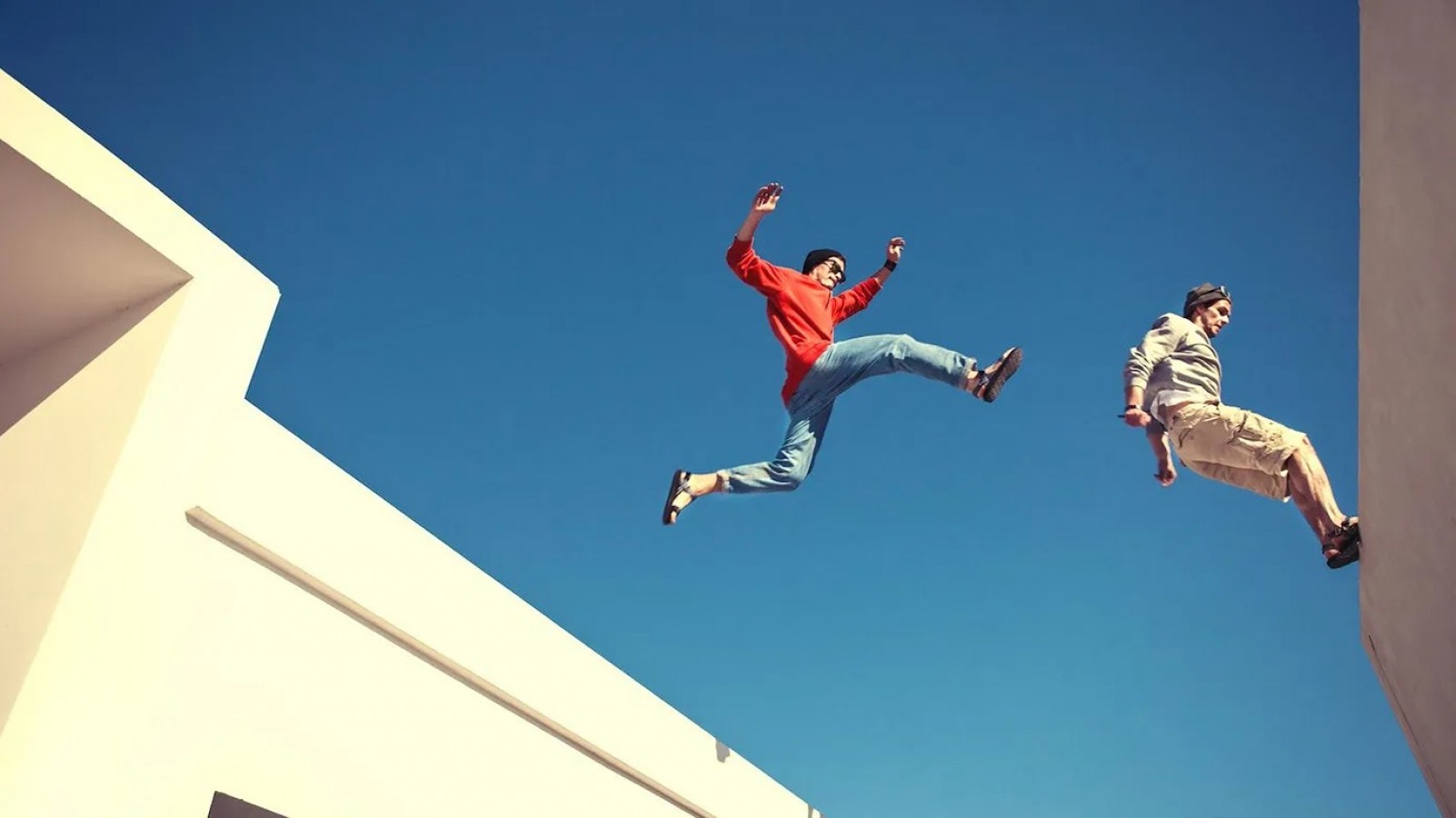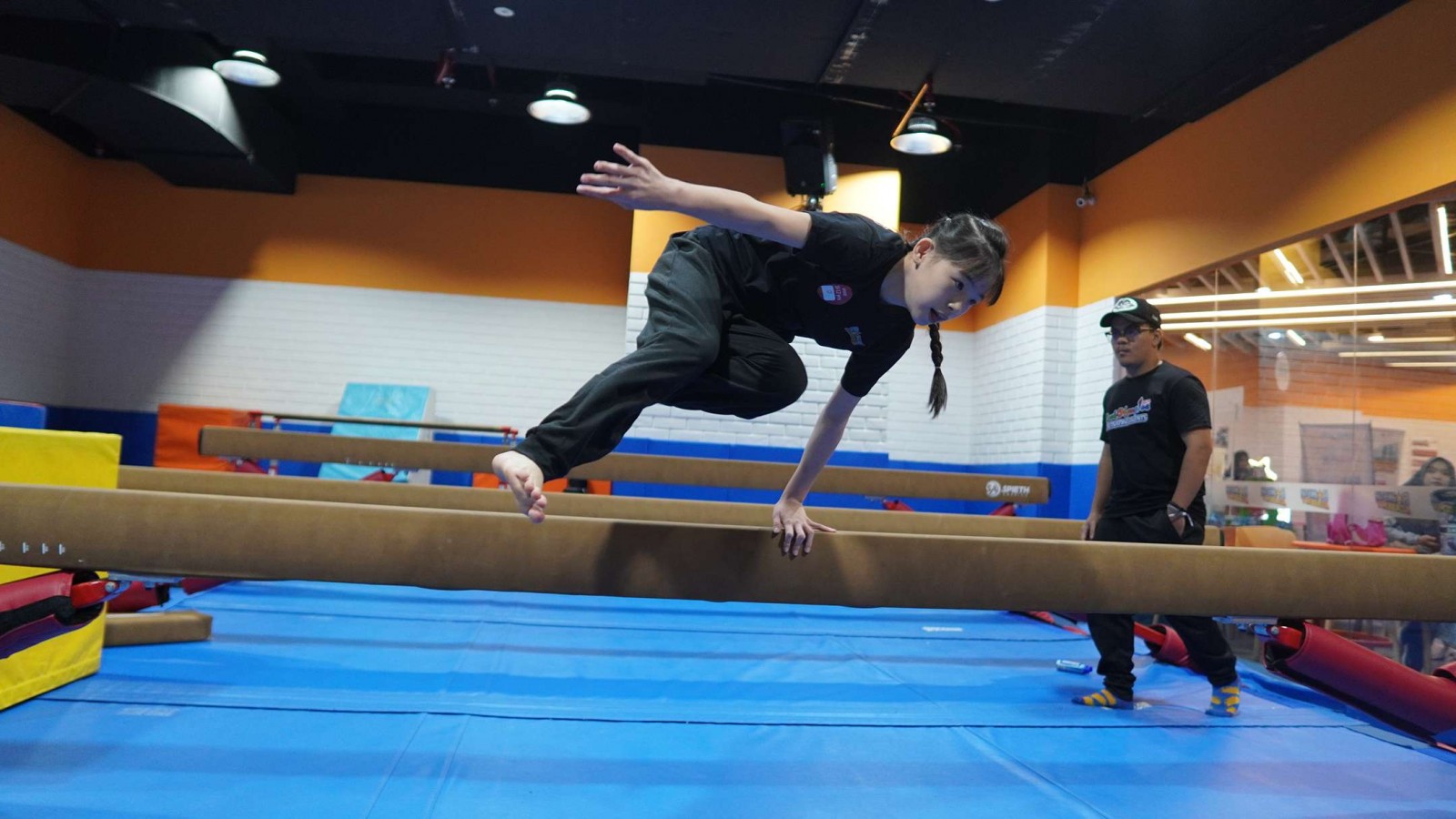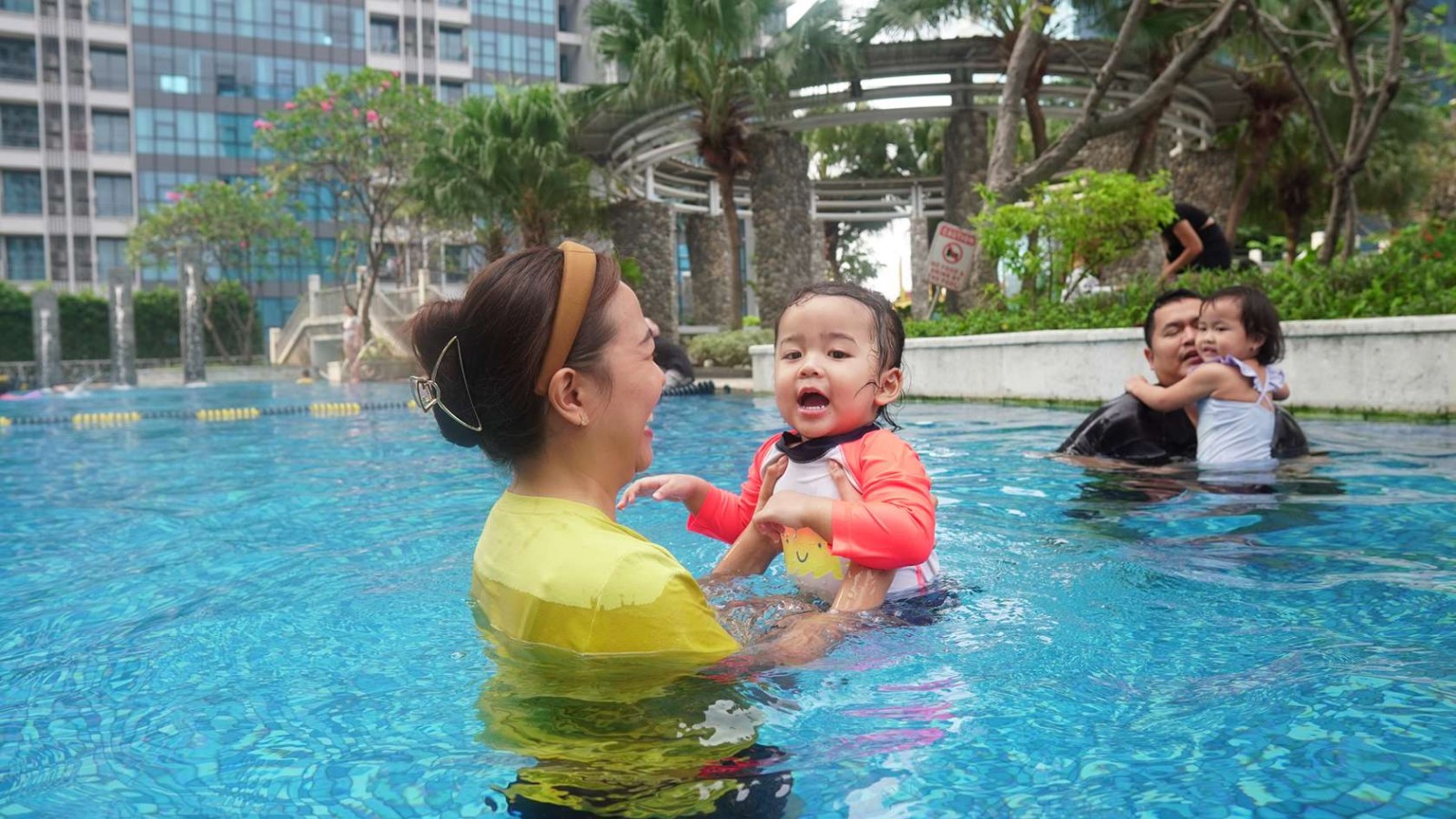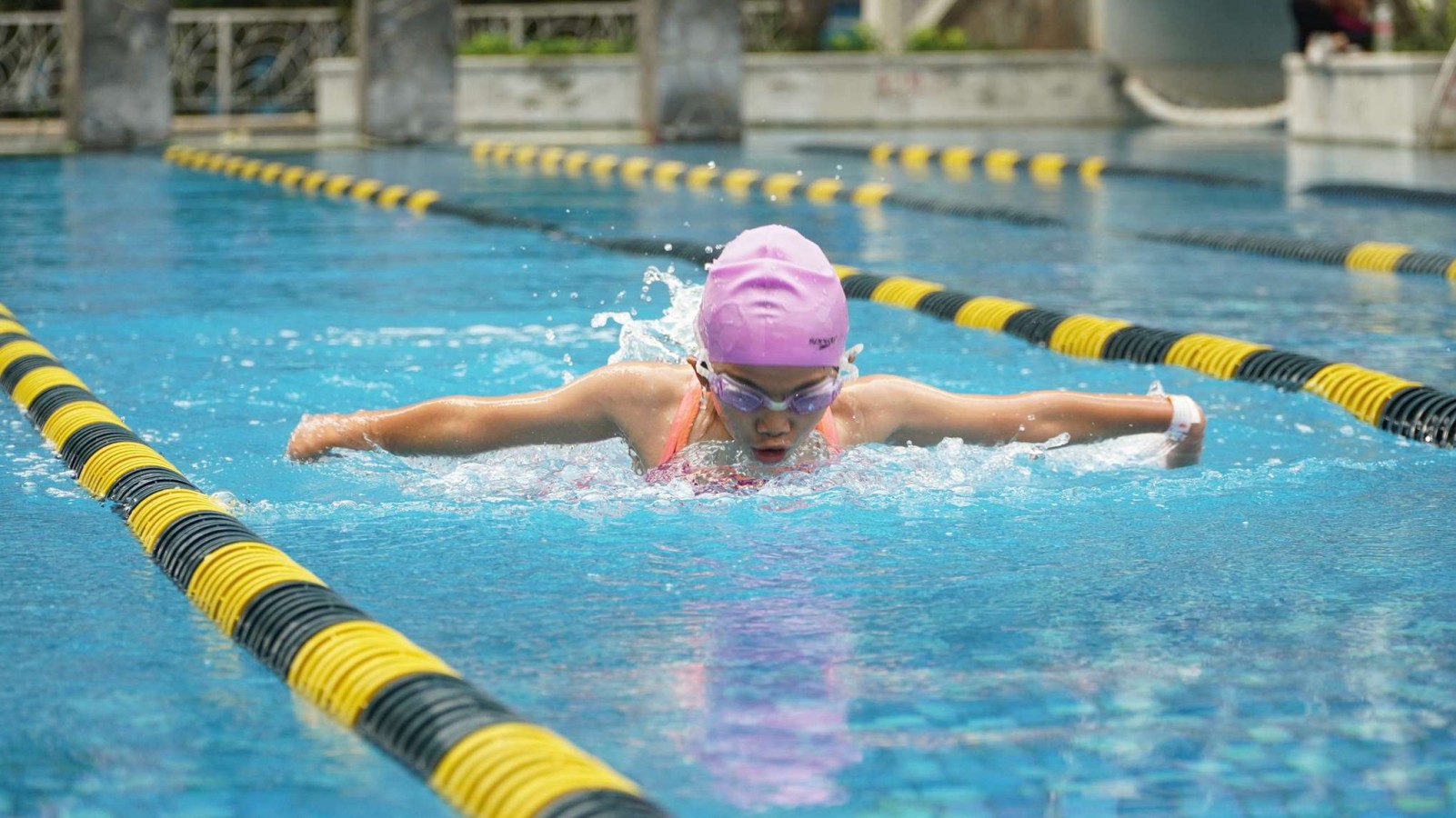What Is Parkour? Definition, Benefits, History and More

Parkour, often referred to as the "art of movement," is a dynamic and thrilling physical discipline that involves navigating obstacles with speed, efficiency, and creativity. Born out of a combination of athleticism, creativity, and adaptability, parkour has evolved into a global phenomenon.
In this article, we delve into the definition, benefits, history, and more of this captivating discipline known as parkour.
What is Parkour?
Parkour is a dynamic and expressive physical discipline that focuses on efficient movement through one's environment, typically in urban or natural settings. Also known as the "art of displacement," Parkour involves navigating obstacles using a combination of running, jumping, climbing, and acrobatics.
The goal is to move from point A to point B in the most direct and fluid way possible, emphasizing speed, precision, and creativity.
The discipline is not confined to a specific set of movements or techniques, instead, it encourages practitioners to adapt and improvise based on their surroundings. Parkour is as much about self-expression as it is about physical prowess, and it has become a form of movement art that transcends traditional athletic boundaries.
History of Parkour
Parkour, originating in the suburbs of Paris, France, in the late 20th century, has a concise yet compelling history. The discipline finds its roots in the training methods of Raymond Belle, a French military firefighter, who sought efficient ways to navigate urban obstacles.
Raymond's son, David Belle, along with friend Sébastien Foucan, expanded on these principles and laid the foundation for what would become Parkour.
The term "Parkour" itself stems from the French word "parcours", meaning course or route, and encapsulates the essence of the discipline—moving seamlessly through obstacles. In the 1990s, the fledgling practice gained recognition through the work of the Yamakasi, a group of practitioners led by Belle and Foucan, who showcased their skills in films and documentaries.
Parkour's philosophy emphasizes adaptability and functional movement, with practitioners developing a diverse set of skills, including running, jumping, climbing, and vaulting. As videos of daring feats circulated on the internet, Parkour's popularity surged globally, attracting a diverse community of enthusiasts.
How To Do Parkour?
To engage in Parkour, beginners should start by developing fundamental physical attributes such as strength, agility, and flexibility through regular conditioning exercises. Running and practicing basic bodyweight movements like squats, lunges, and jumps help build a solid foundation.
Aspiring traceurs should focus on honing their running and landing techniques, gradually incorporating precision jumps and rolls to mitigate impact. Fundamental tricks and skills such as quadrupedal movement and basic vaults are essential for fluidity in navigating obstacles.
Safety is paramount, so learning proper landing techniques and gradually progressing to more advanced movements is crucial to prevent injuries. Studying Parkour through online tutorials or, ideally, under the guidance of an experienced practitioner or coach helps grasp the philosophy and principles behind the discipline.
What Equipment is Needed for Parkour?
Parkour is a discipline that primarily relies on the human body's movements and adaptability, requiring minimal equipment. The essence of Parkour lies in navigating and overcoming obstacles using one's physical abilities. However, there are a few basic items that can enhance the Parkour experience and contribute to safety:
1. Parkour Clothing
Parkour practitioners typically opt for comfortable and flexible clothing that allows for a wide range of motion. Lightweight, moisture-wicking fabrics are preferred to keep the body cool during intense movements. Many traceurs choose to wear athletic or parkour-specific pants that offer durability and freedom of movement.
2. Parkour Shoes
Appropriate footwear is essential in Parkour. Traceurs often wear lightweight, flat-soled shoes with good grip to provide traction on various surfaces. The shoes should offer support and protection while allowing for a strong connection to the ground. Popular choices include sneakers designed for free-running or parkour, emphasizing durability and flexibility.
3. Parkour Gloves
While not universally used, some practitioners opt for gloves to protect their hands during climbs, wall runs, and other maneuvers. Parkour gloves typically feature a non-slip grip and lightweight design to maintain dexterity. Their purpose is to reduce friction and prevent abrasions during hand-based movements.
4. Protective Wear
As safety is paramount in Parkour, some individuals choose to wear additional protective gear such as knee pads, elbow pads, or even helmets, especially when attempting more advanced or risky movements. These protective items provide an extra layer of cushioning and reduce the risk of injury during falls or unexpected impacts.
Benefits of Parkour
Embracing Parkour as a discipline extends beyond the thrill of mastering gravity-defying movements. Beyond its captivating aesthetic, Parkour offers a multifaceted array of physical and mental benefits:
1. Physical Fitness
Parkour offers a comprehensive workout that enhances overall physical fitness. The dynamic movements involved in Parkour, such as running, jumping, and climbing, contribute to improved strength, agility, balance, and cardiovascular endurance.
2. Mental Resilience
Engaging in Parkour challenges the mind, fostering mental resilience and problem-solving skills. Negotiating obstacles requires quick thinking and adaptability, promoting a mindset of perseverance and determination.
3. Improved Discipline and Focus
Learning and mastering Parkour require discipline and focus. Practitioners cultivate mental discipline through consistent training and attention to technique. The discipline needed in Parkour often translates to improved focus in various aspects of life.
Risks of Parkour
Engaging in Parkour, while exhilarating and physically demanding, comes with inherent risks. The nature of navigating obstacles and performing dynamic movements exposes practitioners to the potential for injuries.
Falls, misjudgments in landings, and overestimation of physical capabilities can lead to sprains, strains, or more severe injuries. The impact on joints, especially ankles and knees, is a common concern.
Additionally, the risk of overtraining exists, as the repetitive stress on certain muscle groups and joints can lead to fatigue or overuse injuries. Novice practitioners are particularly vulnerable, and proper technique, gradual progression, and supervised training are essential to mitigate risks.
Start your Parkour Journey today!
Parkour is more than just a physical activity, it is a mindset that encourages individuals to see the world as a playground of possibilities. With its roots in efficiency, creativity, and overcoming obstacles, parkour offers a unique approach to physical fitness and personal development.
Parkour is also an excellent activity for children aged 7 to 18 years old. It promotes physical fitness, agility, and problem-solving skills while fostering creativity and confidence.
Curious about unleashing your potential through the art of Parkour? Rockstar Academy, a renowned Sports & Performing Arts Academy, is offering an exclusive opportunity for you to experience the dynamic art of movement through their Parkour classes.
Our Parkour classes are conducted in gymnastics studios with safety equipment and qualified instructors, providing a safe environment for youngsters to learn and practice these skills. To take the first step toward mastering the art of Parkour, contact Rockstar Academy now and sign up for a free trial class. Let the Parkour adventure begin now!
FAQ
1. What does "parkouring" mean?
"Parkouring" refers to the practice of engaging in Parkour, an athletic discipline that involves efficient movement through obstacles using techniques like running, jumping, and climbing.
2. Is it safe to do parkour?
While Parkour can be safe when practiced with proper technique and under supervision, inherent risks exist. It's crucial to prioritize safety, gradually progress in skill development, and use protective gear to minimize the risk of injuries.



